Web3 Infra Series | Building the Data Layer for a Composable Internet
Published on Jun 23, 2025
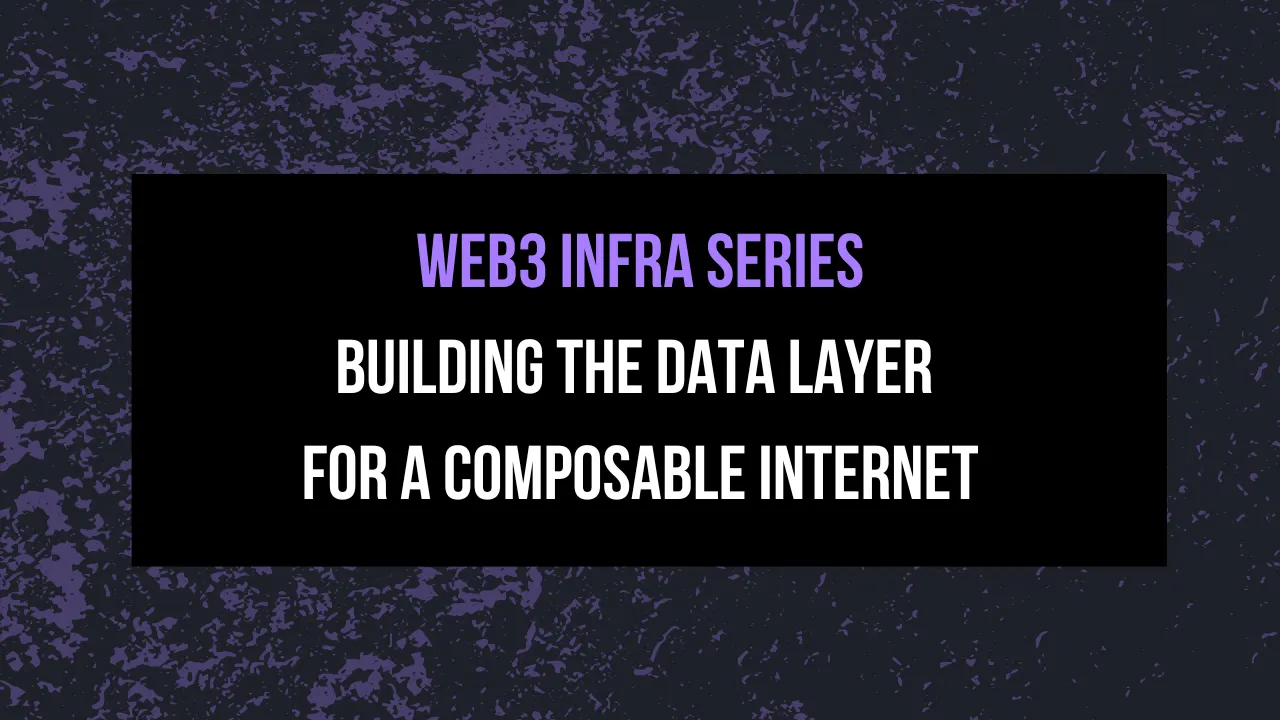
Every single swipe, purchase, click, and comment is data, and it’s
considered the raw material of the digital world.
Every piece of that data in today’s modern internet is owned, stored,
and monetized by someone else. The data economy has already begun, but
most of the value generated from it is extracted by platforms, rather
than the actual users.
Social media platforms track your engagement, e-commerce sites store
your buying behavior, and loyalty apps lock in your preferences. Each
company builds a moat around your activity, treating your actions as
proprietary insight, so what you do on one platform is stuck there,
with no continuity when you interact elsewhere.
Your reputation, history, and context don’t follow you, even though
you’re actually the source of it all. This reveals a much deeper
structural issue.
Data has become one of the most important resources in the online
world, but the people generating it have very little visibility or
leverage over how it’s used. Web3 infrastructure challenges this
imbalance by designing systems that provide control, mobility, and
benefits to the end-users.
Interactions are only going to become more distributed across
applications, protocols, and the digital world, and continuity and
interoperability are going to become essential pieces of the puzzle.
Without portable data, digital ecosystems become broken and difficult
to navigate, or overly dependent on intermediaries.
In essence, the ability to carry your context with you should be a
foundational part of how the internet operates, and in this article,
we explore how Web3 infrastructure rethinks the data layer, moving
control away from platforms to people, and building the foundation for
a truly composable, portable internet.

A functioning data economy begins with the principle that users should
benefit from what they create.
This means deciding who can access their data, in what format, under
what conditions, and for how long. The design of the system needs to
be flexible enough to allow for nuance and specificity, which reflects
the wide range of data types and usage scenarios.
Rather than blindly assuming that all data belongs on a public
blockchain, the focus should be on how to structure and share data
safely. Privacy, consent, and verification need to work together. In
Web3, these qualities are implemented through decentralized identity
systems and verifiable credentials. Privacy-preserving proofs like
zero-knowledge techniques can also strengthen this model, allowing
users to verify facts without revealing sensitive data.
Credentials are structured attestations that record interactions,
purchases, memberships, attendance, and more. They operate as
controlled disclosures, tied to a persistent identity that is managed
by the user in a sovereign way. Credentials are able to carry embedded
logic, allowing them to expire, update, or adjust based on evolving
conditions, enabling a model where the user is able to bring their
data with them in a permissioned, contextual format.

This design creates a completely different approach to online trust.
Platforms no longer need to accumulate data directly, and users don’t
need to over-disclose. With verifiable credentials, trust is
externalized, and services can respond to real signals without
becoming data custodians themselves. Developers also gain the ability
to design applications that respond to proofs rather than profiles,
and product logic can trigger based on possession of a credential
rather than the presence of a user account.
What happens is this model reduces backend complexity, increases
composability, and shifts power back to the individual.
Where it belongs.
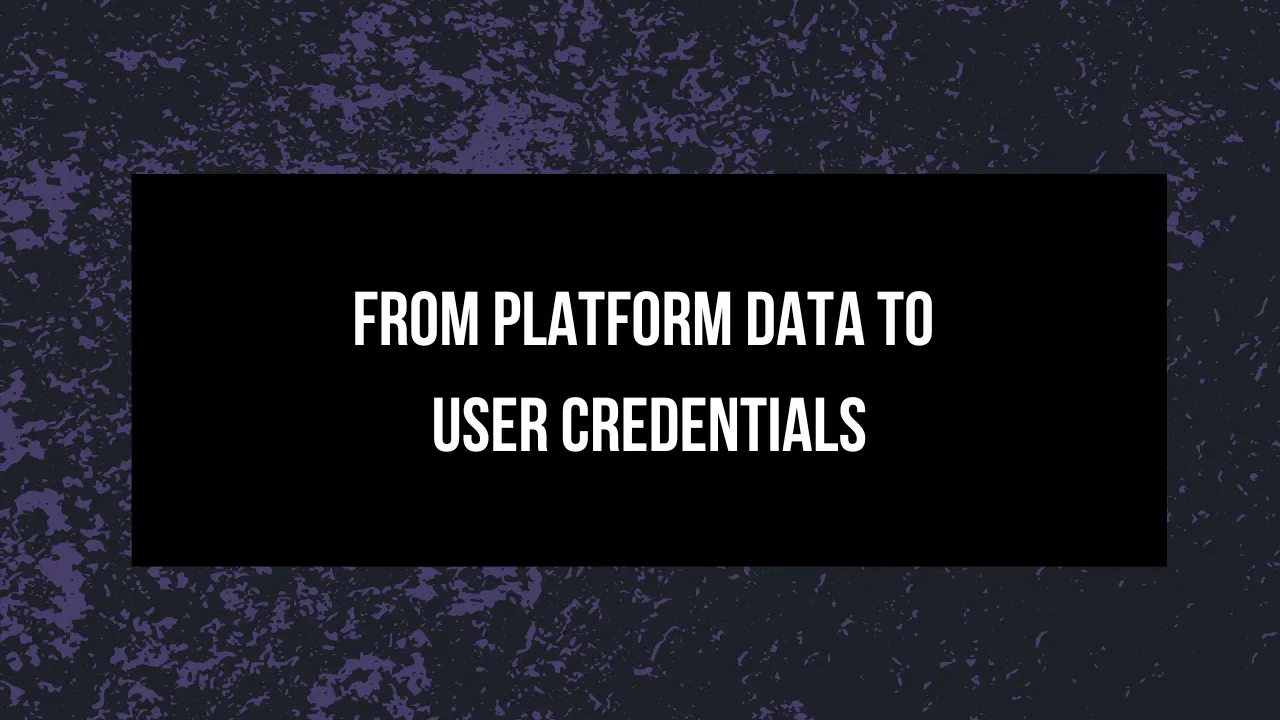
In traditional models, platforms act as both data collectors and
gatekeepers. The data users generate is stored in proprietary systems,
inaccessible from the outside and unusable elsewhere, which creates a
lot of friction, redundancy, and vendor lock-in.
When data becomes portable, that dynamic suddenly shifts, and
credentials give users the ability to carry their history,
permissions, and status across different ecosystems. Imagine a seller
with years of positive reviews on one platform being able to present
that reputation in a completely different context. The seller benefits
from continuity, and the new platform benefits from receiving
verifiable, low-risk onboarding.
This pattern holds across many roles, everything from contributors,
moderators, DAO members, learners, and creators that can build
reputations over time. These reputations have real value, and
credentials offer a standard way to express that value without forcing
re-verification or duplicate effort.

Uptick’s credential and DID stack is designed to support this flow.
Credentials are able to be issued in response to meaningful activity,
with the ability to be signed by trusted sources, and remain under
user control. However, it should be noted that trust in credentials
stems from their issuers, whether it’s a university, DAO, protocol, or
community registry, the value of a credential depends on the
reputation of the source.
Verifiable credentials work because they embed these trust anchors
directly, and systems like Uptick’s are being built so we can
integrate known registries or decentralized attestation frameworks to
provide clarity around who is authorized to issue which types of
credentials. Verification can happen anywhere, even without a direct
relationship between the issuer and the verifier. What we end up with
is a system where platforms don’t need to recreate identity or history
every time, and they can instead recognize it, validate it, and act
accordingly.
This improves the user experience, and also unlocks entirely new
composability patterns across applications.
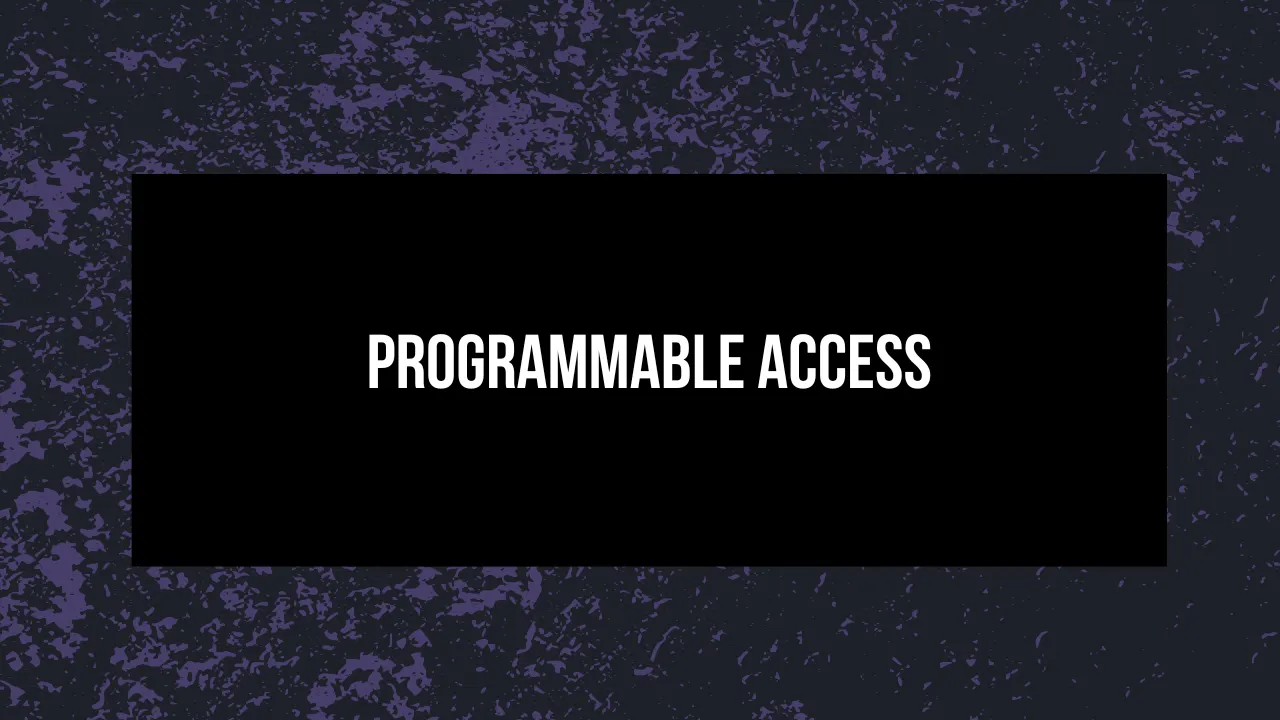
As more and more applications start to implement verifiable
credentials, the ability to issue and validate them at scale depends
on having reliable access to on-chain and cross-chain data.
Developer-facing tools that support decentralized credential workflows
can streamline this process, allowing systems to verify real-world
user activity, digital asset ownership, or participation history
without depending on centralized APIs.
Access isn’t static, because it depends on roles, context, conditions,
and time. Credentials enable dynamic access logic, removing the need
for brittle permission systems tied to accounts and databases. Instead
of asking users to share sensitive personal details, services can
request proof. Age, residency, membership, purchase history, these are
all verifiable without revealing anything more than necessary.
This is the way to improve both privacy and security.

Using Uptick’s Vouch system as an example, credentials can be issued
directly to users and presented wherever needed. QR codes, links, and
in-app flows make the credential exchange process smooth, and expiry
and revocation conditions mean that outdated credentials no longer
grant access, which prevents abuse and reduces administrative stress.
This kind of programmable access also opens up a wide range of new
capabilities. Events could issue credentials to attendees that unlock
future perks, governance systems could weight votes based on verified
participation, or product trials could be limited to users with a
history of engagement, providing access that is targeted and fair.
All of this is supported without traditional gatekeeping, where
credentials can replace hard-coded logic with flexible, externalized
conditions. With this in place, services become much more adaptive,
and users gain the ability to shape their own access experiences.
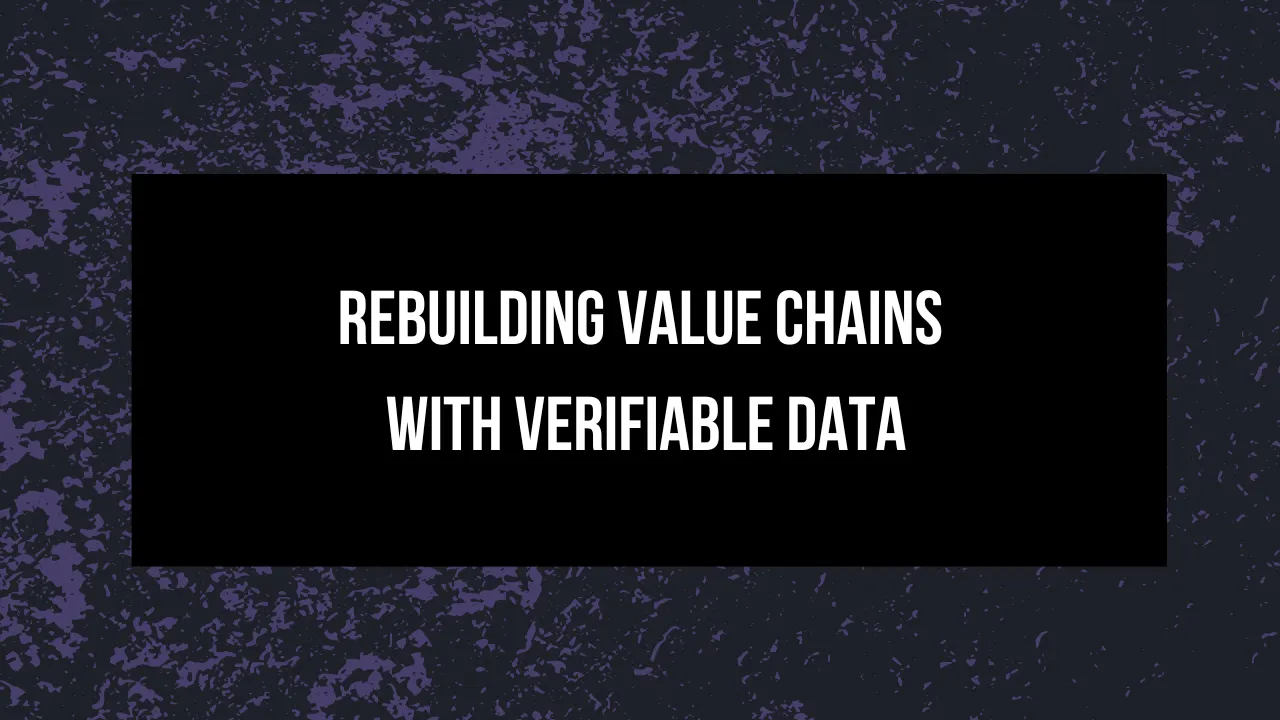
The infrastructure supporting these credentials also needs to provide
consistent access to data across ecosystems. Services that can
integrate both real-time activity and historical records allow value
chains to be much more precise, particularly when it comes to
evaluating past behavior, transaction histories, or engagement
patterns.
Accessing that data in a decentralized way helps make sure that it
remains verifiable, tamper-resistant, and portable between different
services.

Where real-time visibility into digital asset activity matters, such
as tracking ownership, evaluating interactions, or managing
credentials, value chains rely on context, and sellers want to know
their buyers, creators want to understand their audiences, and
communities want to reward participation.
All of this requires information, but it doesn’t require
centralization.
When credentials carry that context, services can make decisions
without direct access to raw data. A seller doesn’t need a full
profile to offer a loyalty discount, only proof of purchase history,
and a DAO doesn’t really need wallet history to grant access to a
proposal, only confirmation that the user has contributed meaningfully
in the past.
Essentially, this model reconfigures data flow across verticals.
In commerce, retail partners can coordinate rewards by accepting
shared loyalty credentials, in media, creators can recognize verified
supporters regardless of platform, and in community spaces,
contributors can carry recognition that translates into access,
responsibility, or compensation. Rather than building data pipelines
between every service, credentials allow ecosystems to communicate
through proof. This is more scalable and more secure, as data stays
with the user, and services act only on what is presented and
verified.
This new structure gives rise to layered systems that are modular by
design, with each platform or product participating in a broader
ecosystem by contributing to and recognizing credentials, reshaping
the definition of a value chain, and extending it across services and
communities.

Targeted advertising has historically functioned by harvesting
behavior and predicting intent. Most of this activity happens in the
background, with very little transparency and no compensation, and
users are reduced to data points and audiences.

The Web3 data economy introduces a very different model where users
can represent themselves with purpose-built credentials. Instead of
being profiled, they present verifiable traits, and instead of being
monetized passively, they can engage in consent-based exchanges.
A credential might state that someone regularly attends music events
or frequently purchases independent fashion, and these signals are
extremely useful to brands and advertisers, but the user defines when
and how that information is revealed.
This approach has broader implications, because communities can
aggregate their data into collective pools, negotiating from a
position of strength, and creators can monetize audiences without
relying entirely on sponsorships or algorithms.
Data then becomes a currency backed by consent, rather than a
commodity extracted without permission.
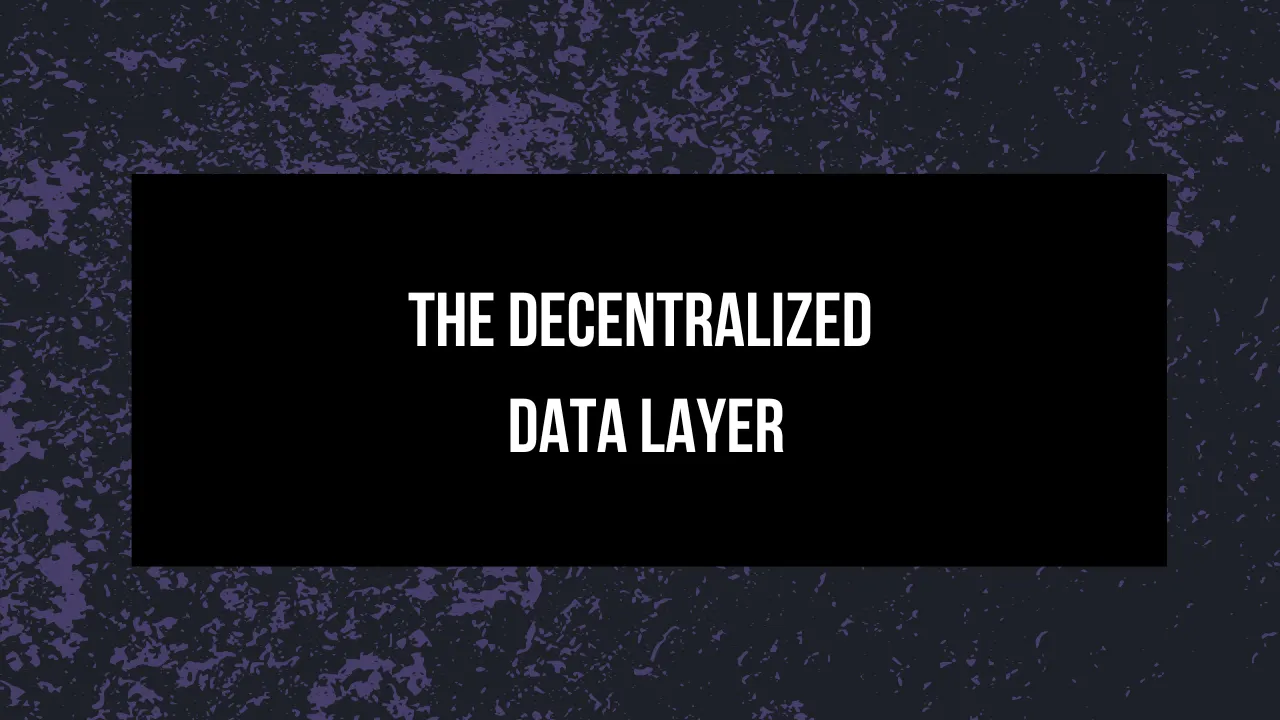
As these patterns start to take shape, we are seeing a need for shared
infrastructure. Applications, services, and communities require a
common foundation to issue, verify, and accept credentials, and this
is what the decentralized data layer provides.

This structure encourages composability, as applications can build on
each other’s proofs. Protocols can reference shared standards, and
users can move freely, presenting only what they choose, with the
assurance that services will understand and respond appropriately.
This also unlocks interoperability across verticals, so a gaming proof
might provide early access to a ticketed event, or a contributor
credential might unlock a beta in a different ecosystem. Value follows
the user, shaped by context, and recognized by services that operate
with shared logic.
The decentralized data layer turns half-broken experiences into
connected ones, without collapsing them into uniformity. Each app or
product retains its identity, but interacts with others through a
shared grammar of verifiable signals.
To support this, credential systems need to rely on accurate,
verifiable data across ecosystems. Uptick Data Service (UDS) provides
that foundation, with real-time and historical data access across
chains, delivered through a decentralized framework built for
developers. This completes the stack needed to move from isolated
interactions to composable, verifiable data flows.
To make credential systems functional, data can’t just be portable, it
needs to also be queryable in context. Indexing plays a big role here,
as developers need reliable ways to surface historical credentials and
match logic to real-world state. This is where data services like UDS
can go way beyond simple storage, offering structured, queryable
endpoints that make verifiable data usable in live applications.
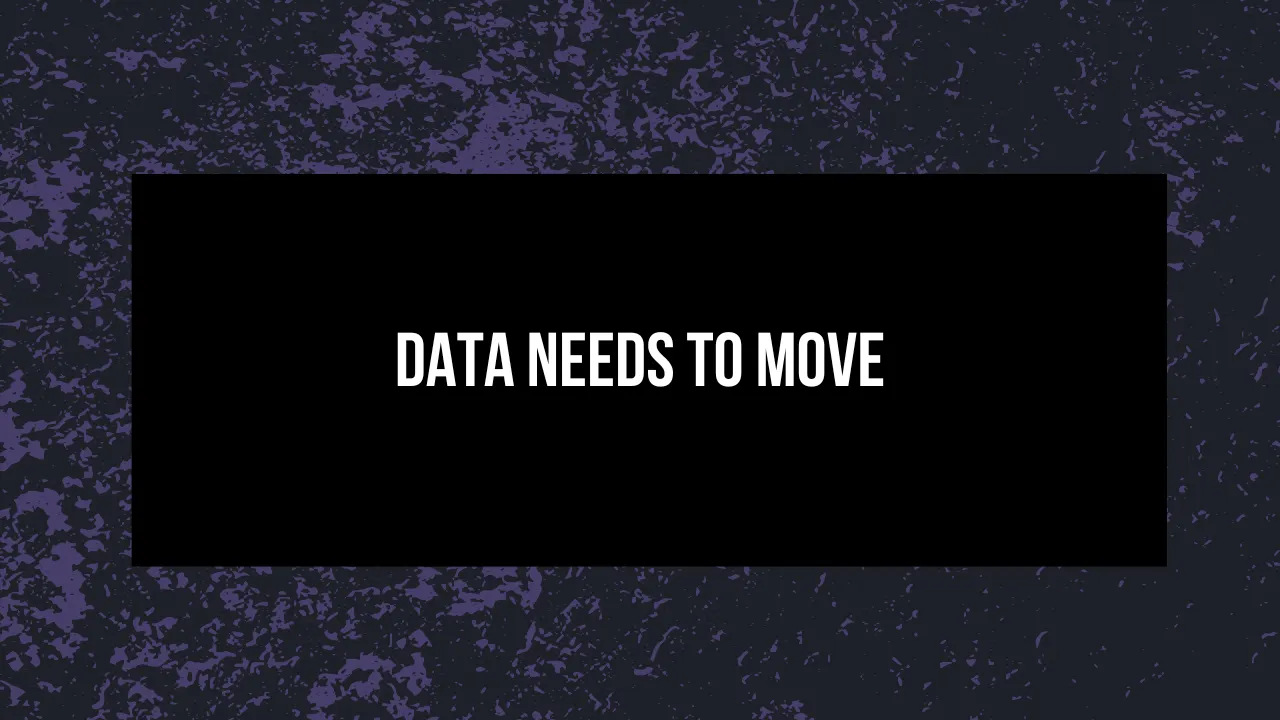
The final piece of the data puzzle is movement.
Data needs to be able to travel with the user, respond to context, and
trigger outcomes without becoming a burden or a risk. Ownership
without portability is static, and what matters is how data flows, how
it adapts to new environments, and how it supports the user at each
stage.
Credentials offer a structured way for this movement to take place,
giving data purpose and relevance, and the future of the digital world
depends on this shift. Over time, lock-in will become less viable, and
static profiles will feel increasingly outdated, but what will matter
is how easily data can move between ecosystems, how much control users
have over it, and how many services are willing to recognize it.
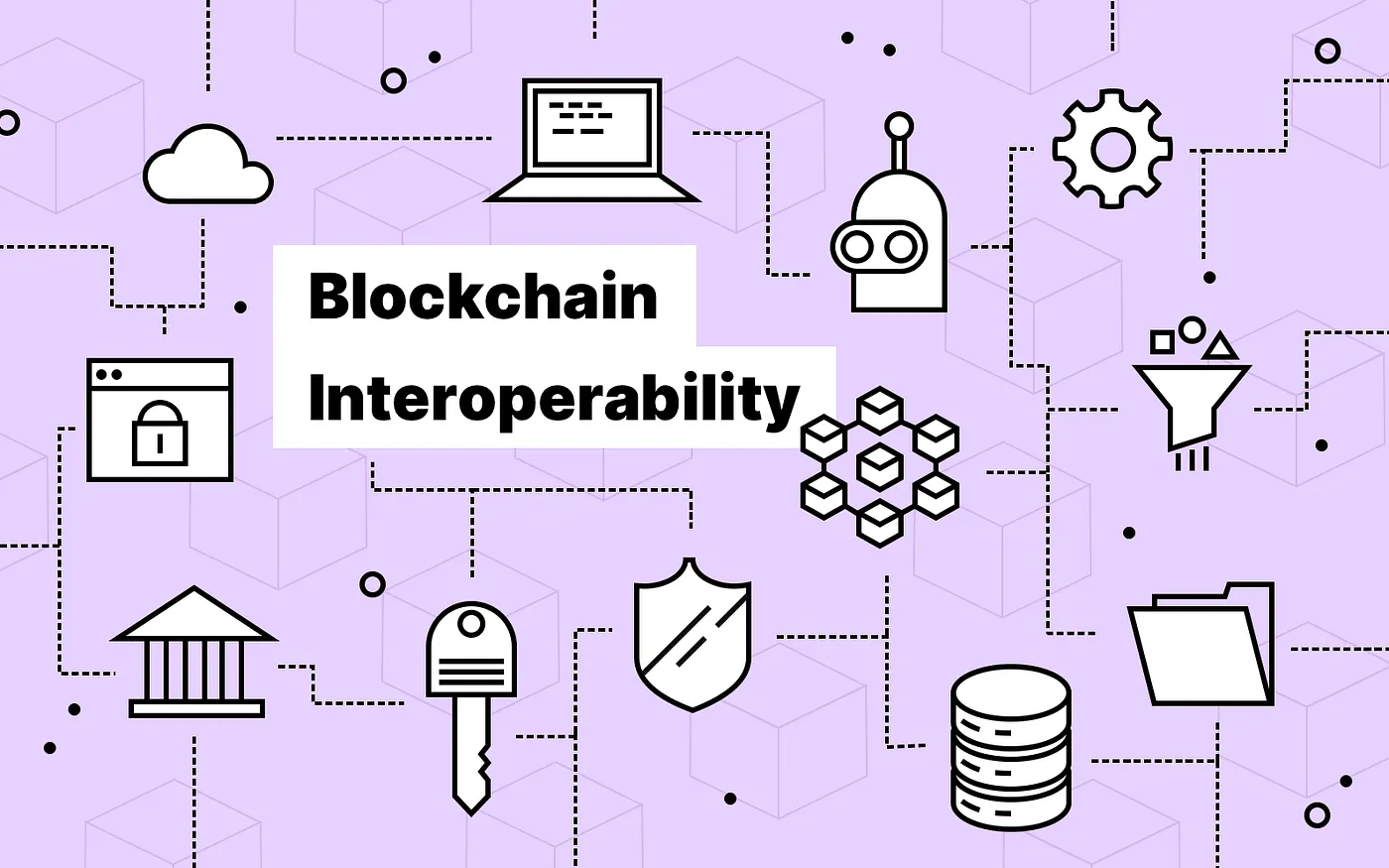
A composable data layer gives users leverage, makes applications more
adaptive, and builds trust into the flow of information. The next
generation of the internet needs movement, consent, and control, all
built on composable infrastructure.
The Web3 data economy is already starting to show signs of life, but
the systems that truly embrace movement, consent, and modular design
will shape what comes next for the decentralized data layer.
















